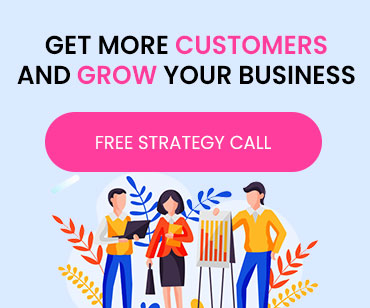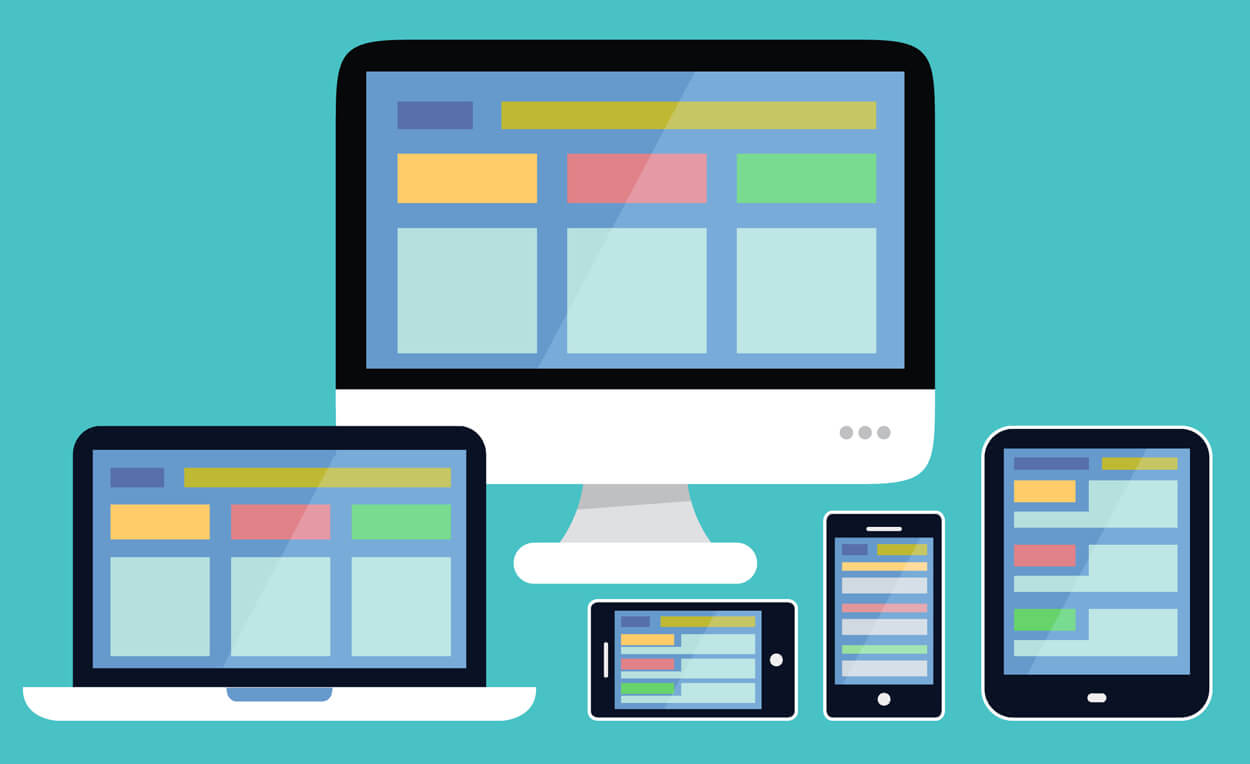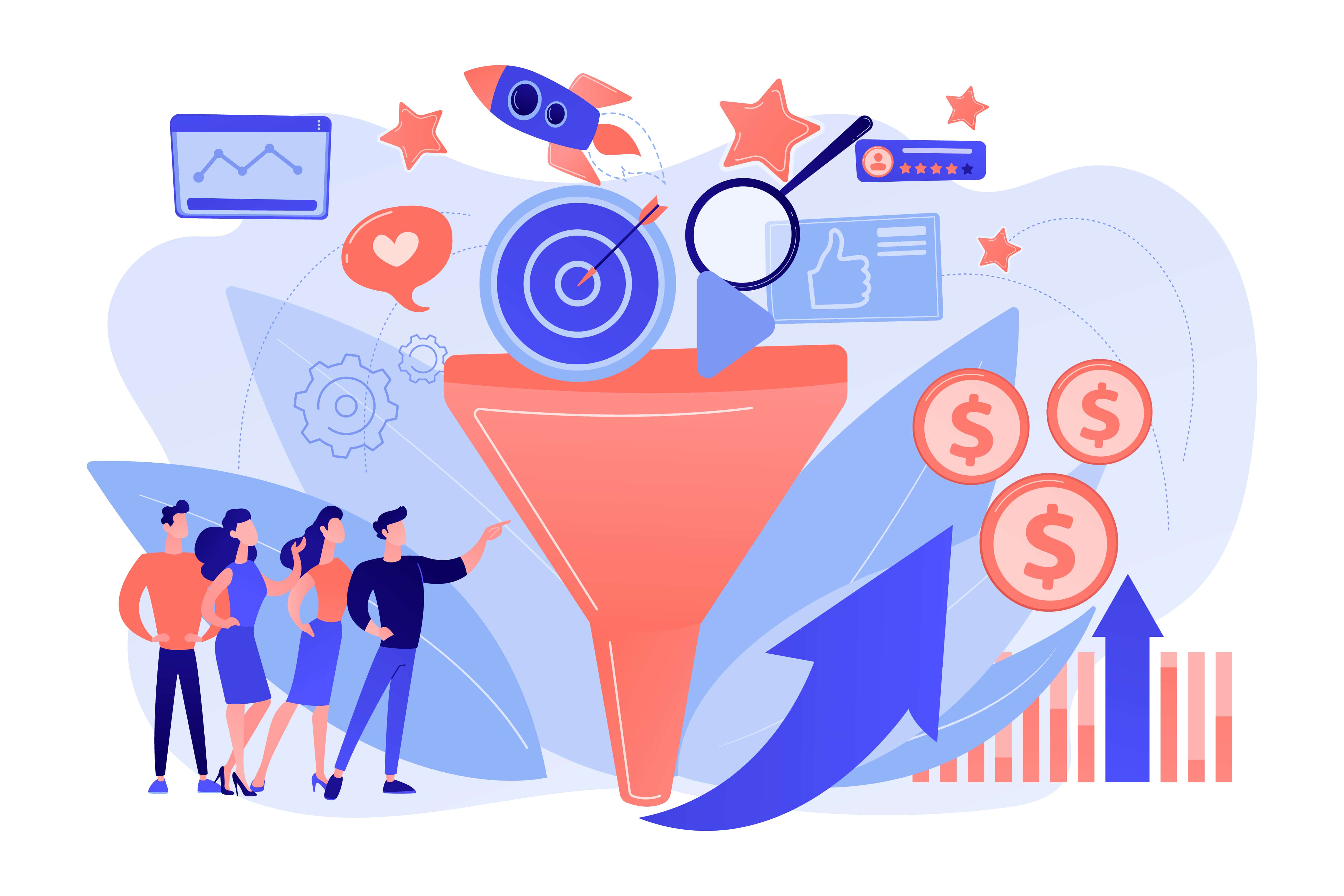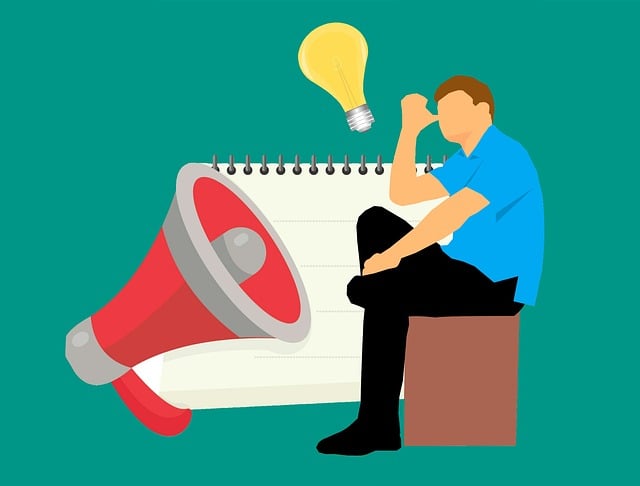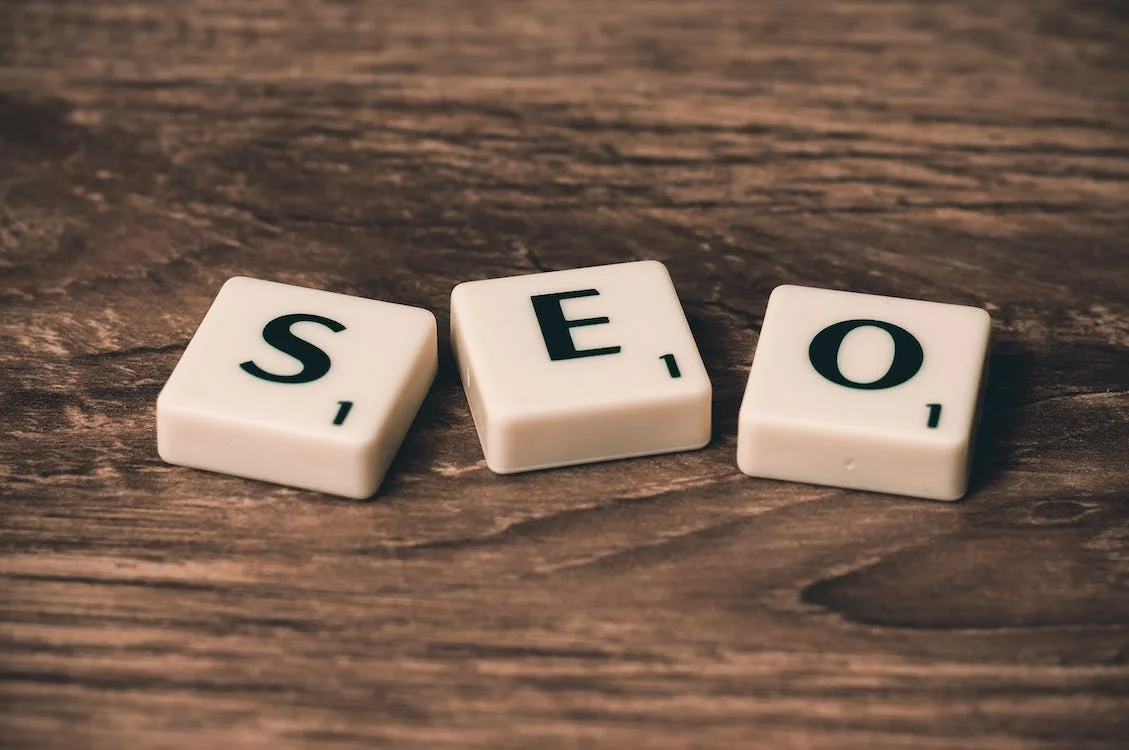Many people define open email rates as the number of people who read the email. This, however, is not an accurate representation of email open rates. We are discussing a critical metric that must be thoroughly understood. To be counted as opened, an email must meet one of the two criteria given below.
- The reader clicks on a link in the email.
- The reader allows images in emails to be displayed in full view or in the preview pane.
How to calculate Email open rate
ESPs divide the number of people who open the email by the number of emails that were sent but did not reach the reader. For example, if you sent 50 emails, 10 bounced, and 20 opened, your open rate would be 8%.
Why Is Email Open Rate Important?
Your email open rate is important because it has a direct impact on the success of your email marketing campaign.
To put it another way, what matters is the percentage of emails delivered to your list and the number of people who opened those emails. Email open rate is important because it is a metric that shows how successful an email campaign has been. It is a good indicator of how many people are actually interested in the content of the email and how many people are taking the time to read it.
FIVE SUGGESTIONS TO INCREASE EMAIL OPEN RATES
KEEP UPDATED WITH YOUR EMAIL LIST & SUBDIVIDE YOUR LIST
Don't forget to keep your email list up to date and remove inactive subscribers. You might want to send an email to people who haven't participated in 6 months or more. Simply assess their likelihood of re-engagement and cross them off your list.
Emails are typically opened based on their relevance. Consider whether or not you selected the relevant emails when deciding whether or not to open them. You can provide this to your customers by segmenting your email.
You can begin the segmentation process by assigning tags to your subscribers based on their behaviours and preferences. Arranging different emails based on different groups is beneficial. Additionally, managing your ongoing emails based on demographics like age or location is always a good idea.. everything else, such as subject lines and messages, becomes easier to decide if you know your customers.
EVERYTHING REVOLVES AROUND CORRECT TIMING
Send your emails when your readers are most likely to be available. The timing of someone's emails has a significant impact on their open rates. You should plan your email schedule carefully. You should definitely run A/B tests to see which timescales are most effective. You will notice a significant variation in one‟s conversions when you have determined the optimal timing. According to a research study, the best time week to send emails is during the week rather than on weekends.
Furthermore, according to our email marketing statistics report, the best day for open rates is Friday, and the best day for click-through is Saturday. Furthermore, they discovered that the best time of day to send emails is at 10 a.m. in the recipient's time zone.
KEEP YOUR EMAILS & SUBJECT SHORT AND TO THE POINT ALL THE TIMES
Keep the email brief. Nobody likes a long, boring email that goes on for paragraphs and paragraphs. Emails to subscribers should be brief, to the point, and properly paragraphed for ease of reading. Your subscribers are unlikely to read emails all day. They also receive a large number of emails from other people. So you want to encourage your subscribers to read all the way to the end by sending them short, simple emails.
TO MAKE YOUR EMAIL ATTRACTIVE, USE VIDEOS, IMAGES &EMOJIS
Many people argue that emojis have no place in emails. With due respect, we disagree. Emoji use in emails is neither improper. So, go ahead and use emojis in your emails. They demonstrate emotion, persuade subscribers that they are not receiving spam emails from robots, and foster a playful, personal relationship between you and your subscribers.
Images can convey a thousand words or more. Including images in your content allows users to better relate to the content of your email. An image can serve as a summary of your email content while also increasing subscriber engagement.
CREATE USEFUL CONTENT & END YOUR EMAIL WITH QUESTIONS
This is extremely important. Create content that is trustworthy, beneficial, and familiar to your subscribers. Your subscribers are interested in your niche for a reason, so only provide them with information that is relevant to that niche and valuable to them.
While it is a good idea to create an air of curiosity at the beginning of your emails, it is also a good idea to do so at the end. Questions encourage your subscribers to engage with you. You can also promise to respond to your question in a later email. This will make your subscribers eagerly anticipate your subsequent emails.




